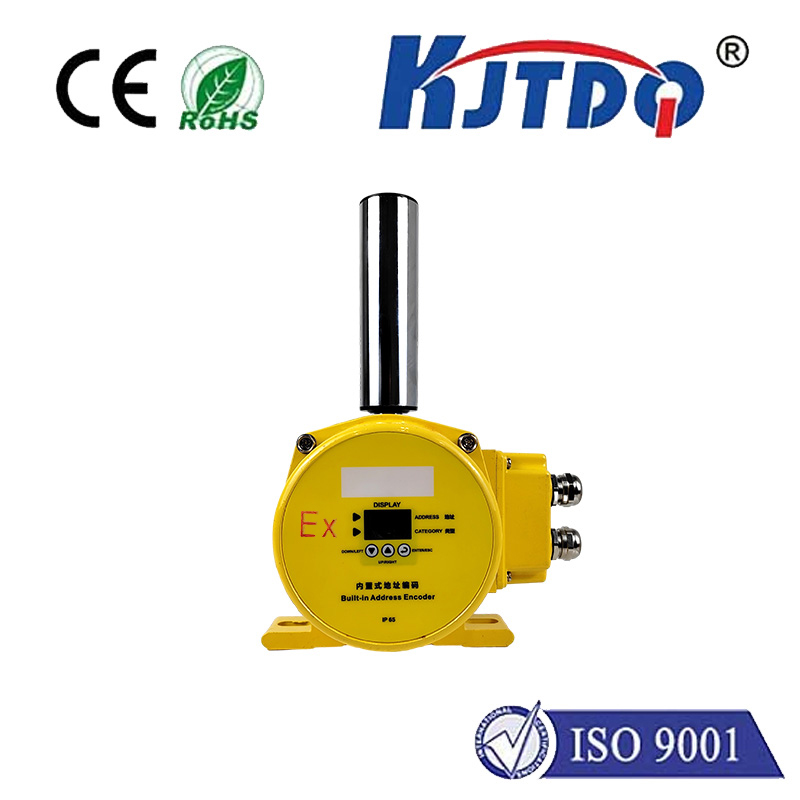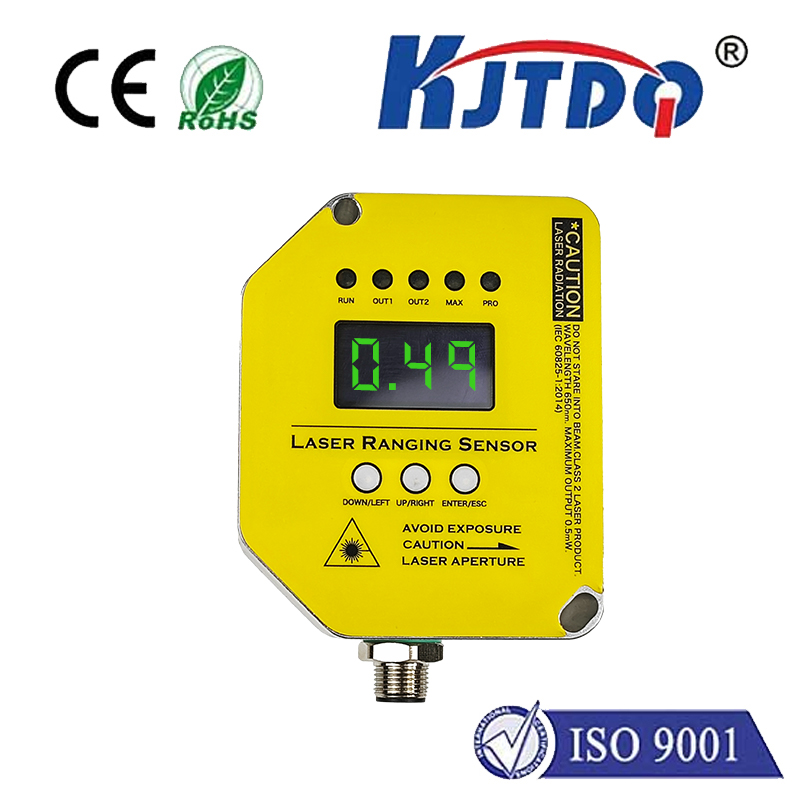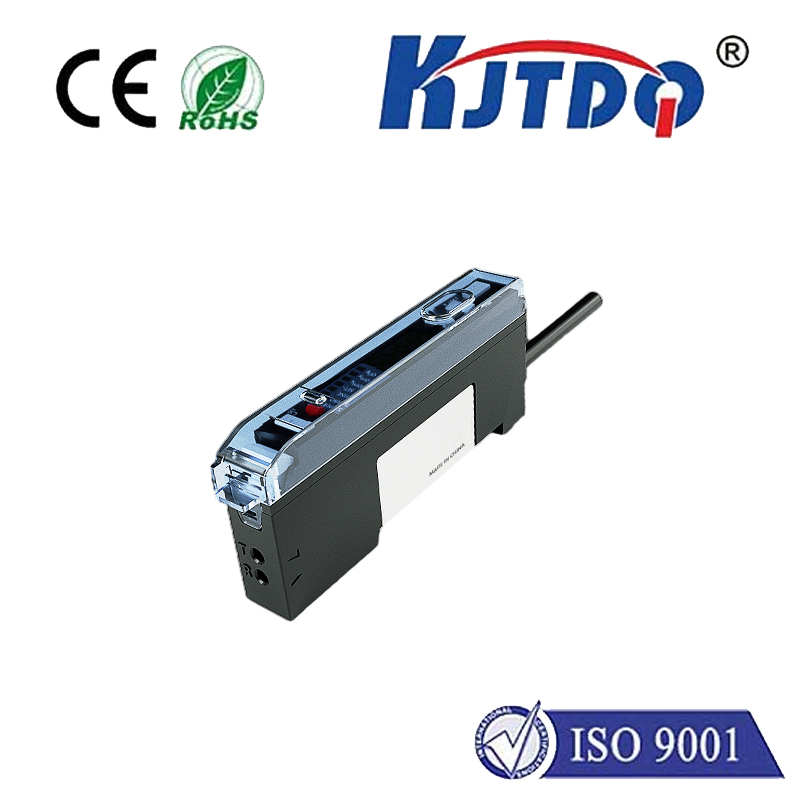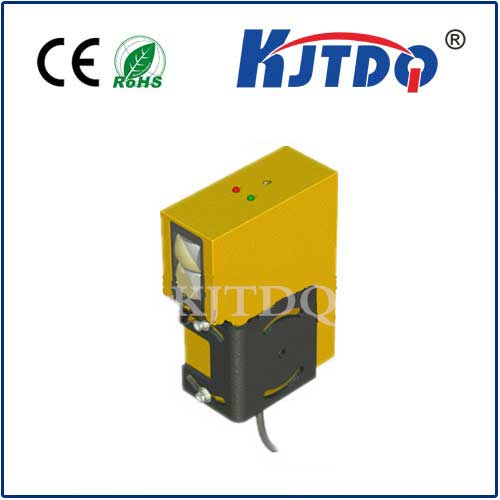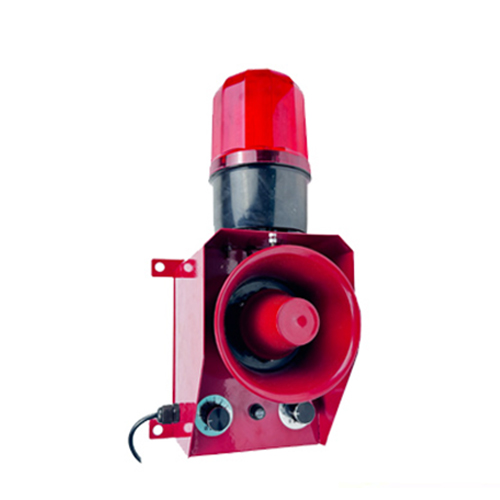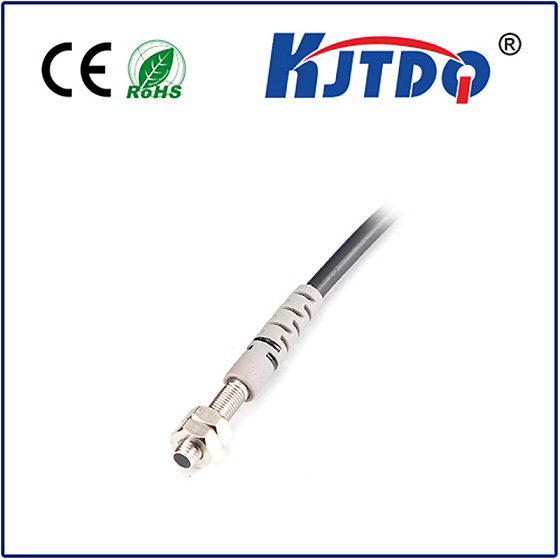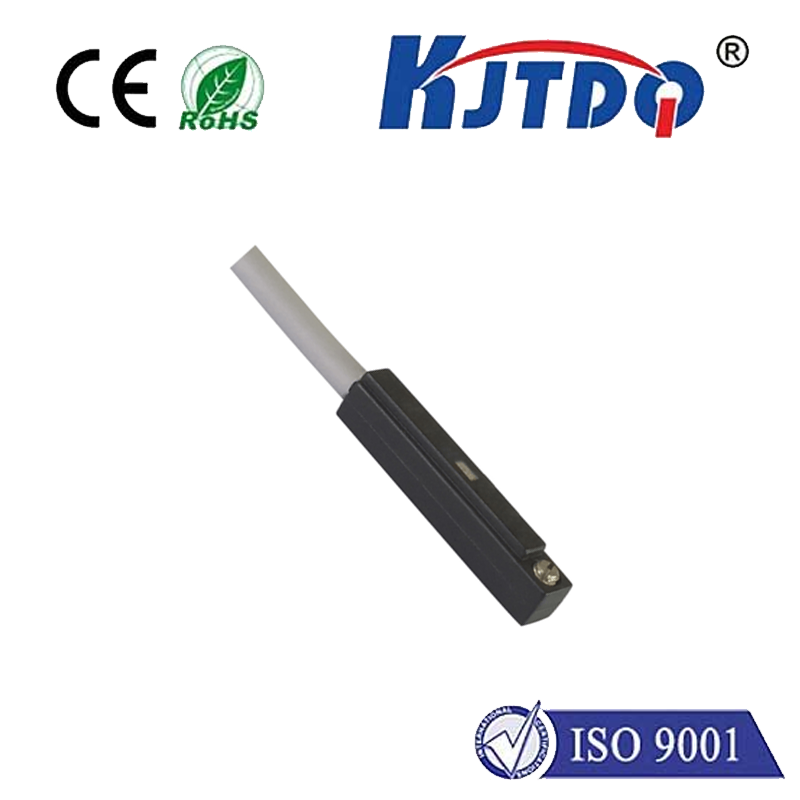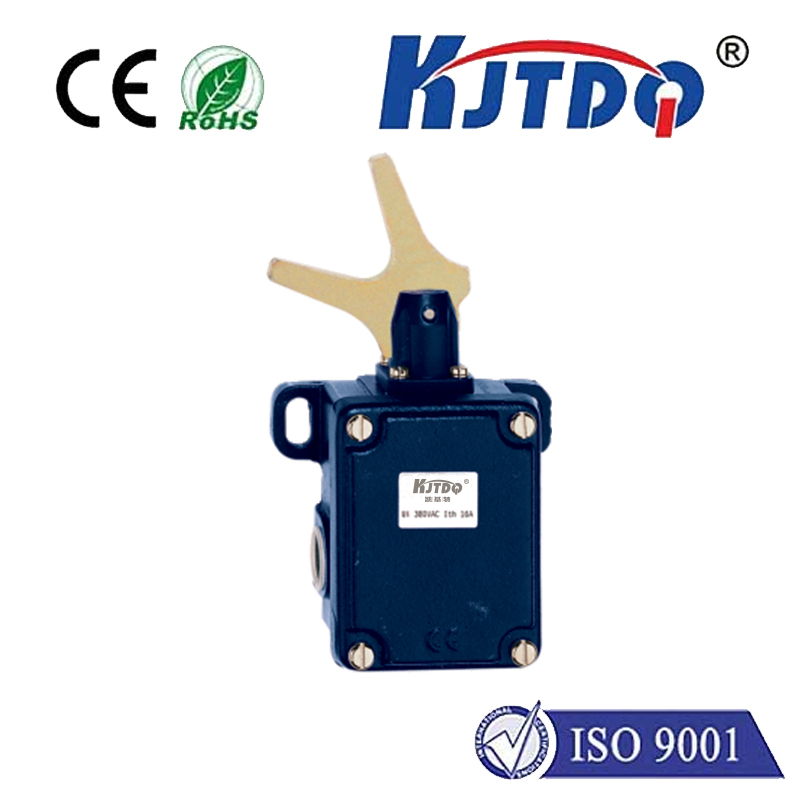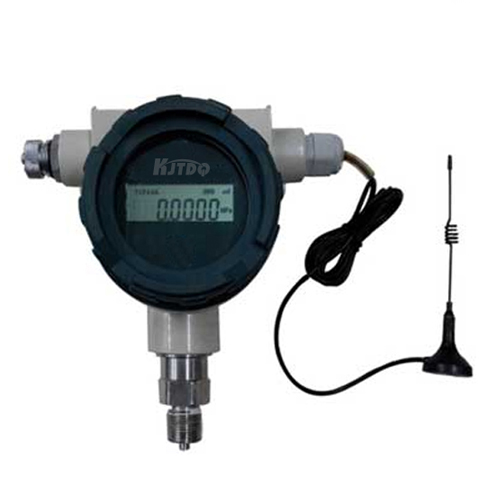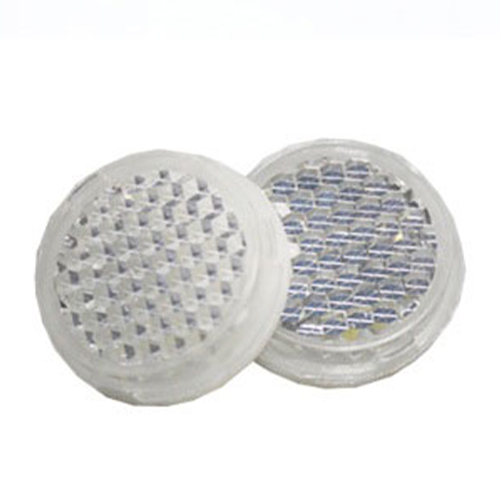

check

check

check

check

check

check

check

check

check

check

In our rapidly advancing technological world, the significance of sensors range cannot be overstated. As we delve deeper into the era of automation and artificial intelligence, the role that these diminutive yet powerful devices play is only becoming more paramount in shaping the way we interact with our environment and each other. This article delves into the importance of sensors range, its applications across various sectors, and the potential for future growth and development. The term “sensors range” refers to the distance within which a sensor can effectively detect and measure physical quantities such as temperature, pressure, motion, or even biological parameters. The capability of sensors to operate over a broader range has opened up myriad possibilities across different fields. For instance, in the medical field, wearable health monitors with an extensive sensor range can track vital signs in real-time, alerting healthcare providers to potential issues before they become critical. In agriculture, advanced weather-sensing systems with an improved sensors range allow farmers to monitor and respond to environmental changes more accurately, thus improving crop yield and sustainability. As we look towards the future, the expansion of sensors range is poised to revolutionize numerous aspects of our daily lives. Autonomous vehicles heavily rely on sensors to navigate and make real-time decisions; an extended sensors range could significantly enhance their safety and efficiency. Similarly, smart homes equipped with a wide range of environmental sensors can optimize energy consumption, improve security, and increase occupant comfort by anticipating and adapting to changing conditions. Moreover, the integration of sensors with emerging technologies like the Internet of Things (IoT) illustrates the vast potential that lies ahead. With a comprehensive network of interconnected devices boasting diverse sensor capabilities, the data collected can lead to insights that drive smarter city planning, disaster prevention, and personalized user experiences. However, the journey towards maximizing the potential of sensors range is not without challenges. Ensuring accuracy, reducing power consumption, mitigating interference, and safeguarding data privacy are all critical considerations that need addressing as sensor technology continues to evolve. Researchers and engineers must collaborate closely to overcome these hurdles, paving the way for innovations that will redefine how we live and work. In conclusion, the expanding horizons of sensors range present exciting prospects for the future. As technology continues to advance, so too does the ability of sensors to capture and interpret the world around us with precision and depth. By embracing these developments and addressing the accompanying challenges head-on, we stand on the cusp of a new era defined by enhanced connectivity, efficiency, and insight—all made possible by the ever-growing reach of our sensory devices.
